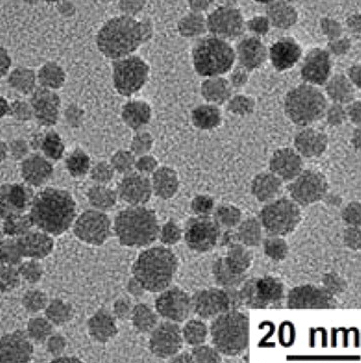
Interfaces ● Surfaces ● Nanoparticles ● Biomedicine
Edward Sacher is a professor specializing in the chemistry and physics of surfaces and interfaces. In particular, he works on metallic and polymeric thin films and nanoparticles.
A better understanding of surface interactions, to better use thin films and nanoparticles
Prof. Sacher has extensive industrial and academic experience in analyzing surfaces, particularly by X-ray photoelectron spectroscopy (XPS). His studies concern the adherence of nanoparticles and metal films to substrates, important for industrial applications. More precisely, he characterizes the metal-substrate interface. In particular, he showed that the asymmetric peaks found for transition metal XPS spectra results from a superposition of minor spectral component peaks, reflecting different electronic properties and chemical reactions associated with the particular metal being studied. In his characterization research, Prof. Sacher employs techniques such as XPS, transmission electron microscopy (TEM), time-of-flight secondary ion mass spectrometry (TOF-SIMS) and atomic force microscopy (AFM).
His work demonstrated that it was possible to extract information with such experiments (chemical structure and nanoparticle morphology, interaction with substrates, electronic state), particularly for graphene-based substrates. For example, such characterization was carried out on the surface and volume of iron-platinum (FePt) alloy nanoparticles, which have potential in magnetic data storage and biomedicine, which were deposited onto Highly Oriented Pyrolytic Graphite (HOPG). The study showed that a Pt shell existed over a Fe shell, which existed over a crystalline FePt core.

TEM photomicrographs of nominal 1.5 nm Ru NPs
Complementary Research on Biomedicine
Prof. Sacher’s team is currently working on nanoparticles for biomedicine. They are currently considering human alveolar epithelial cell responses to superparamagnetic iron oxide nanoparticles (SPIONs). The nanoparticles are called superparamagnetic because, despite being magnetic, they lack magnetic inter-particle interaction in the absence of an external magnetic field. They are used in medical imagery, drug delivery (prodrugs, in which a shell of drugs is attached to the nanoparticle core, and magnetically guided) and immunology. Such studies are critical: the nanoparticles must be biocompatible, non-toxic and smart (magnetic drug targeting). Such preclinical studies emphasize the necessity to better understand the safety of these nanoparticles (protein-nanoparticle interactions, etc.).
The use of prodrugs decreases the amount of drug needed for the patient and limits exposure of other parts of the body to toxic side effects. Biocompatibility studies are carried out using specific biochemical tests (e.g., cell viability by the MTT test, protein concentration by the Bradford test, and protein identification by MALDI-TOF SIMS). The biomedical properties of superparamagnetic nanoparticles are found to depend on the chemical groups present in the surface of the nanoparticle, which influence the cellular protein composition of the corona.
In the future, Prof. Sacher plans to use inhalable nanoparticle-based prodrugs to deliver medicines to the lungs.



